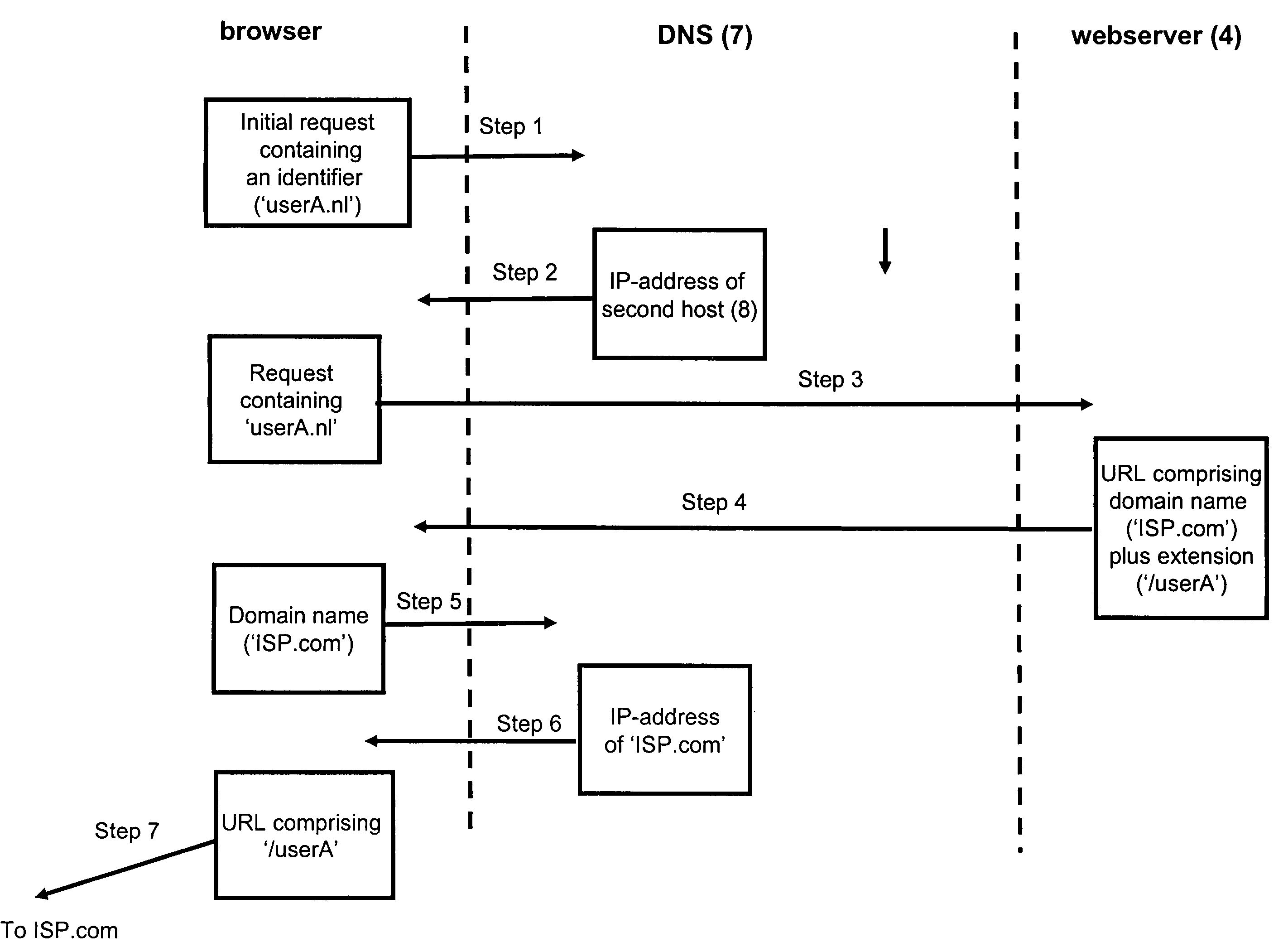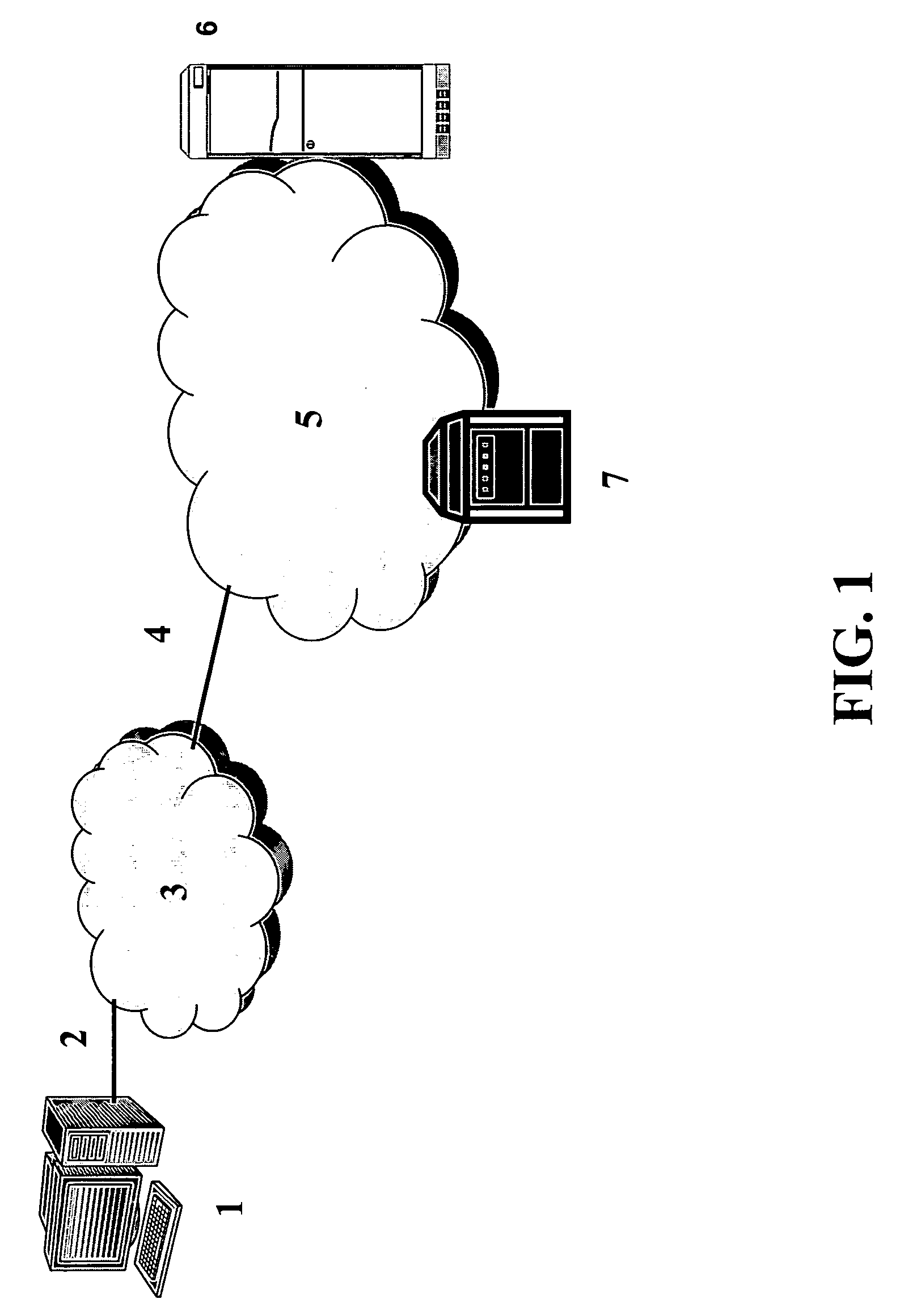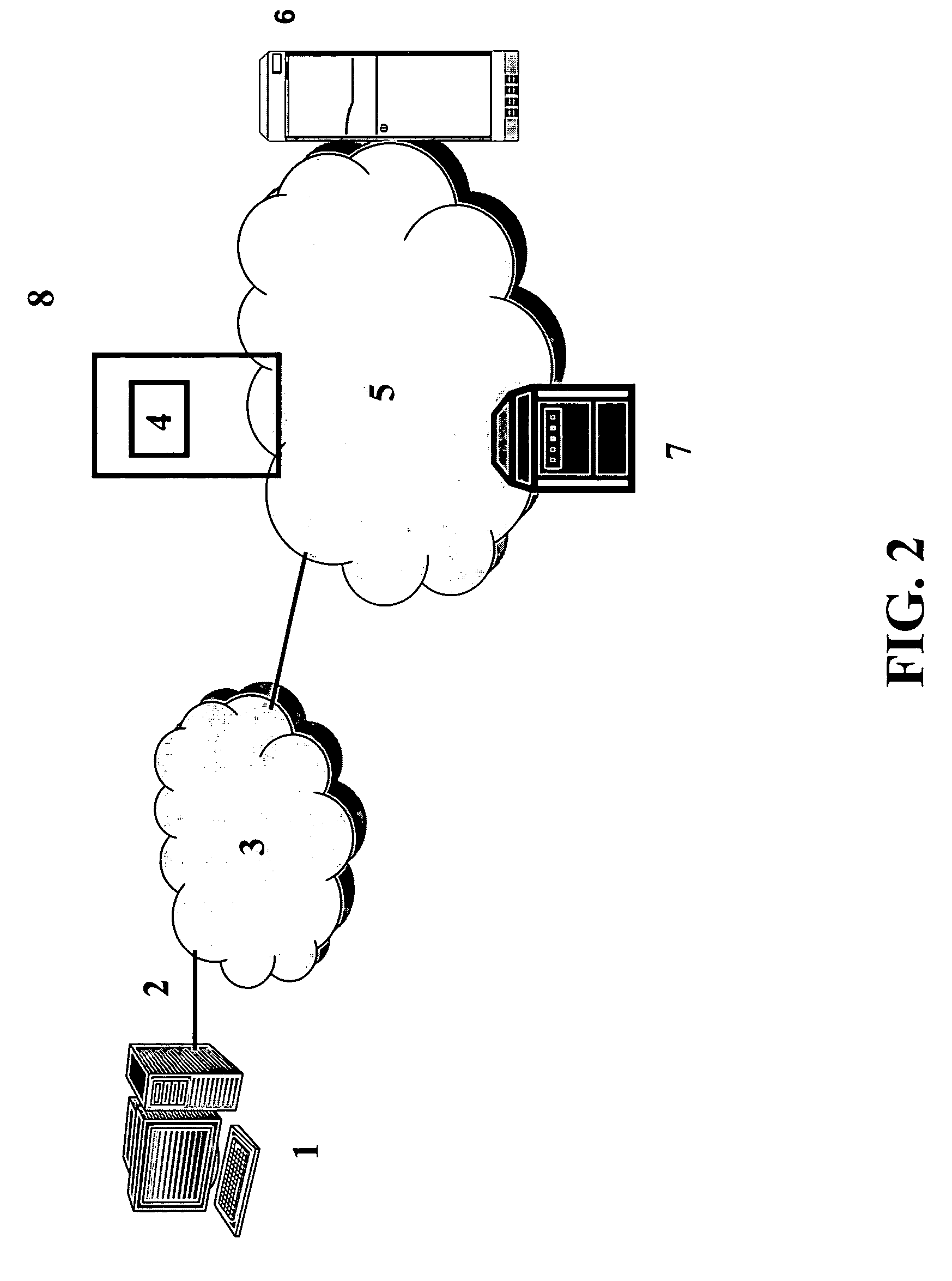Method and system for redirecting a request in an IP environment
a technology of redirecting and redirecting requests, applied in the field of methods and systems for redirecting initial http requests in an ip environment, can solve the problems of insufficient addressing of (user-)websites, inability of dns to return, etc., and achieve the effect of convenient use for users
- Summary
- Abstract
- Description
- Claims
- Application Information
AI Technical Summary
Benefits of technology
Problems solved by technology
Method used
Image
Examples
Embodiment Construction
[0015] For the purpose of teaching of the invention, preferred embodiments of the method and devices of the invention are described in the sequel. It will be apparent to the person skilled in the art that other alternative and equivalent embodiments of the invention can be conceived and reduced to practice without departing form the true spirit of the invention, the scope of the invention being limited only by the appended claims as finally granted.
[0016]FIG. 1 shows a user device (1) such as a personal computer or a laptop. The user device may also be a wireless device such as a mobile handset. The user device (1) can be used for accessing services that are provided via an IP based architecture. This IP based architecture can be the Internet or a private IP based architecture. The services that can be used may for instance be information services, communication services, games, or any type of content services. There is in general a browser available on the user device (1) via whic...
PUM
 Login to View More
Login to View More Abstract
Description
Claims
Application Information
 Login to View More
Login to View More - R&D
- Intellectual Property
- Life Sciences
- Materials
- Tech Scout
- Unparalleled Data Quality
- Higher Quality Content
- 60% Fewer Hallucinations
Browse by: Latest US Patents, China's latest patents, Technical Efficacy Thesaurus, Application Domain, Technology Topic, Popular Technical Reports.
© 2025 PatSnap. All rights reserved.Legal|Privacy policy|Modern Slavery Act Transparency Statement|Sitemap|About US| Contact US: help@patsnap.com



